The potential of light & art
The LUCI Light & Art Commission initiated a reflection on light and art in cities which led to the publication of the book Light & Art in Public Spaces .
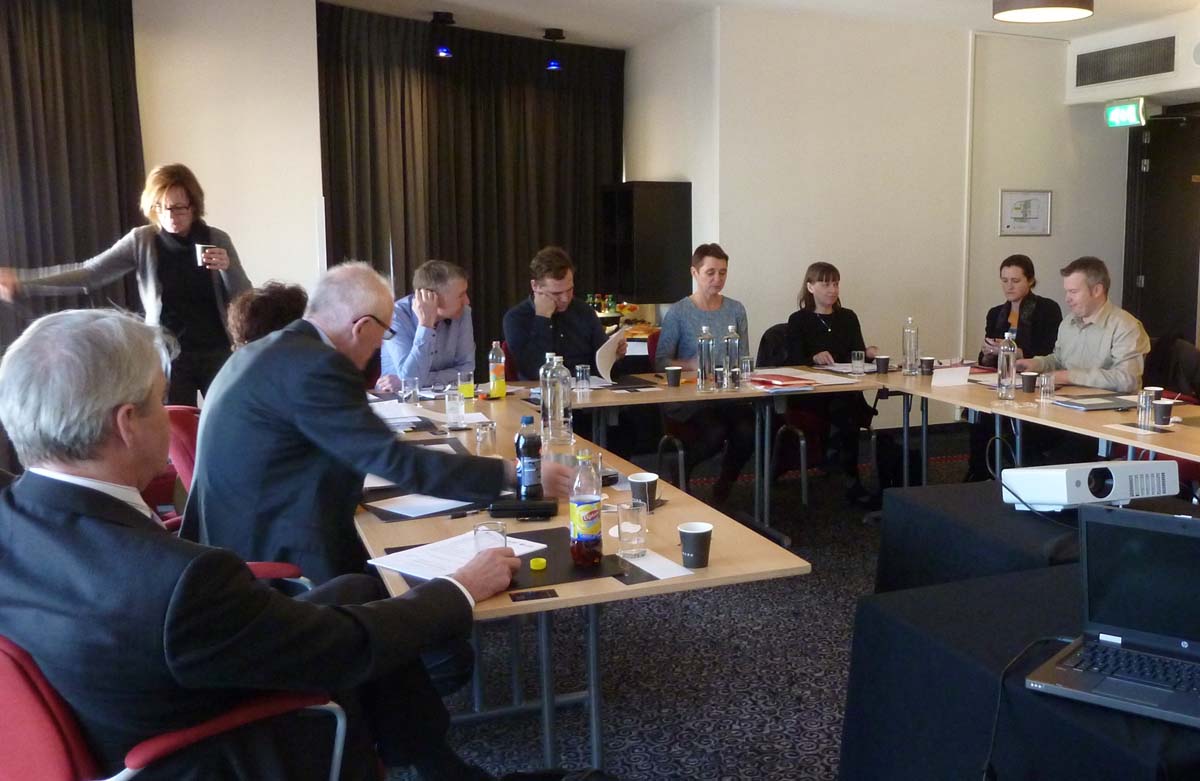
It featured a few pioneering cities – Amsterdam, Gothenburg, Helsinki, Lyon, Rotterdam and Turin – which have been working to integrate light and art in their urban development strategies.
Cities & Lighting had a chat with these cities about the potential of art and light…
C&L : What does light and art bring to public spaces in cities?
Cecilia Borgström-Fälth, Head of Gothenburg Art: Art has the ability to inspire and awaken new thoughts. Through art, people can see themselves and each other in new ways. Working with artistic creation in public space is complex but there are many advantages of integrating art into the planning and building process. A well-developed, elaborate artistic design has the potential to include a variety of aspects such as history, culture, values, etc. Adding the value of light to art can be magic.
Willem Reedijk, Public Lighting Advisor, Rotterdam: Yes, art enriches public spaces in daylight, but in the dark hours the use of public spaces continues, and light art can give an extra dimension to it. Even more than in daylight because with light you can give special accents to objects in the urban space.
Pia Rantanen, Public Works Department of Helsinki: And of course, public art, including light art, reinforces the identity of a place or an area. It usually has a positive social impact on people’s lives. If implemented well, people appropriate the art piece. This can have a positive influence on the overall surroundings, leading to greater sense of belonging and respect for the area – people will keep it clean and in a good condition for example. It can also help strengthen social cohesion.
Marjolijn van der Meijden, Centre for Arts, Rotterdam: Light and art installations make public space more attractive as a meeting place. They keep cities alive and give an alternative for cities just being a consumer space. The alternative quality of art is important for every city.
Hans Akkerman, Public Lighting Advisor, Amsterdam: If done well, light and art in the city can create a win-win situation: it can not only beautify a public place, but also contribute to creating a feeling of safety, improving way-finding and fostering social interaction.
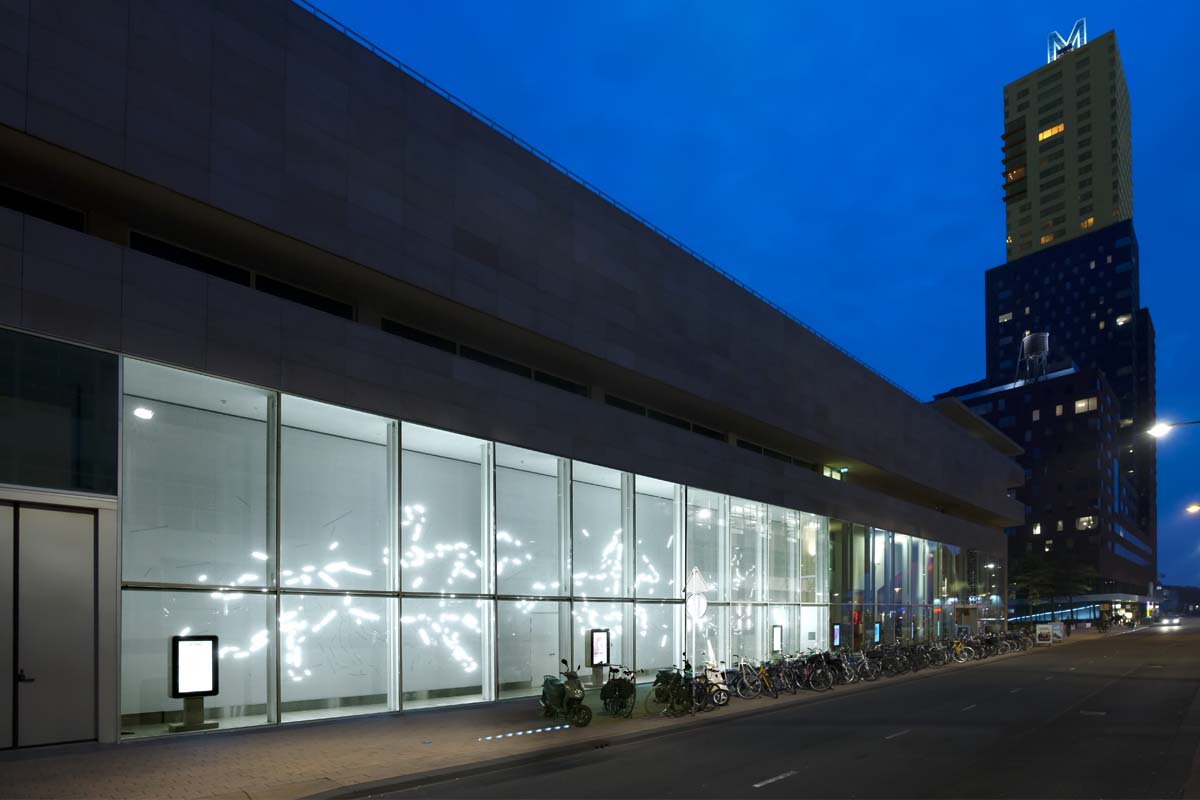
C&L: What is unique about how your city works with light and art in the urban space?
Frédéric Durand, Project Manager, City of Lyon: Lyon has a history of light, art and wall murals. This is reflected in the development of every public space, where these components are brought together right from the planning stage. The result is not a statue in the public space, or an illuminated work of art, but an urban space with a pleasant, comfortable environment that people can simply enjoy, pass through and draw inspiration from.
P. Rantanen: In Helsinki, we are planning and implementing a district of light. Kruunuvuorenranta, a former oil harbour, will become a new residential area for 12 500 inhabitants by 2030. Light and light art will be integrated into buildings and situated in backyards and public places. Also, public outdoor lighting will be more customised than usual street lighting. We are currently drafting a procedure for integrating light art pieces into the neighbourhood.
C. Borgström-Fälth: In Gothenburg we have two strong tools for working with light and art – the 1 % rule for art, introduced in 2013 and the cultural programme – both directed by the City Council. In addition, the cultural and traffic departments of the city are jointly developing a methodology to implement light and art in tunnels together with the city’s inhabitants.
Paco Bunnik, Urban Planning Department, Amsterdam: We are very keen on developing an integrated approach to the use of light and art in public space. The Department of Urban Planning and Sustainability and the Department of Traffic and Public Space work together to experiment with permanent light art installations throughout the city. We link local cultural developers and artists to municipal lighting engineers and urban designers to develop light art projects.
Francesco De Biase & Maria G. Fella, City of Turin: In Turin, we have been working with light art for a very long time. Since 1998, we have been organising the annual Luci d’Artista festival, which is a two-month open-air exhibition of about 18 to 30 art and light installations in Turin. The festival explores – through the use of light – the interaction between art and the urban landscape. Out of the many artworks that have been displayed in the festival over the years, six light art pieces have been permanently installed in the city.
M. van der Meijden: Rotterdam had to rebuild its city centre following World War II bombings, and artworks were desperately needed to give a sense of identity and hope to the public. There has always been a policy, including funding, to develop art projects, which were crucial during the revival of 19th century neighbourhoods (1980-90) and in new developments on harbour sites (1990-2010). That’s why there are so many artworks – high and low art – commissioned by the City of Rotterdam. It seems also that through art in public space, the city and its inhabitants need to be able to tell it’s (his)story that was wiped out. For the near future, light and art seem to fit in the recent revival of Rotterdam as an architectural, cultural and touristic hotspot.
C&L: What are some of the main challenges you face when you work on such projects in your city?

P. Rantanen: One of the main challenges is that we don’t have enough knowledge on working methodologies for light and art in urban space. The field is young and we don’t have so much experience yet.
C. Borgström-Fälth: One of the biggest challenges is to communicate to all partners involved in municipal projects and make them aware of how innovative approaches and artistic commissions can, at an early stage, make an important contribution to the urban development process. Working with light and art makes great demands on working across sectors. Art is cross-sectoral and affects a large number of public and private actors who order, plan, build and manage the city’s public spaces and buildings.
W. Reedijk: Yes, as there are so many different stakeholders involved, we learnt that you must cooperate at the earliest stages of a project. In the past, that was not always the case and light was added to an artwork after its completion, which is not at all ideal.
M.van der Meijden: In our projects, the technical aspects were also quite challenging. You need to know how to fit the artwork into the programme of the city public works and maintenance departments. It is essential to create a budget that includes enough funding for maintenance of the light art project in the future.
F. Durand: A major challenge concerns integration and coherence at the neighbourhood and city level. No matter how magnificent the light art project is, if it distorts its environment, the heritage, the rest of the city or the overall vision, the interest is limited. In addition, properly maintaining the light art projects is a constant major challenge, especially with all the new technologies that are used.
C&L: Why is it important for cities to discuss this topic together? Why is it important for LUCI to work on this topic?
P. Rantanen: It is important to discuss this issue so that more municipalities have the courage to work with light art in their urban space. These discussions also help us identify various types of models and methodologies in different cities working with light and art.
C. Borgström-Fälth: Creating new structures and modes of working takes time. The human need for control and organisation sometimes creates obstacles, but also places and contexts for unexpected meetings and experiences. The members in the commission came from different backgrounds but we really dived into this issue and shared our experiences. It is a constant challenge to create new forms of collaboration and networking with people and organisations that can strengthen the development of public art and light. Collaboration is a prerequisite for new perspectives and qualitative innovation. That is why LUCI needs to continue working on this topic.
M. van der Meijden: In the Light and art Commission, we had civil servants, art advisors, technicians and project managers. We were all able to analyse certain projects and were skilled on issues regarding public space and the way our cities are organised. It is important to encourage more interaction on the technical aspects of integrating a project in city maintenance programs. It all starts with the necessity to create a policy on light and art (per city) and illuminating artworks. We are still working on it. Talking to other cities helped to create more understanding on the topic “at home”. The opportunity to present your city and get feedback is very important.
F. Durand: For us, it was very helpful to discuss our challenges and ideas with colleagues from other countries who have similar issues, but different solutions. It gave us new ideas. We would like to go even further and co-create a light art project with other cities. We would learn by doing and get first-hand experience regarding the methodology of light and art in the public space in each city. This is why Lyon has launched a call for partners for a light art co-creation project.
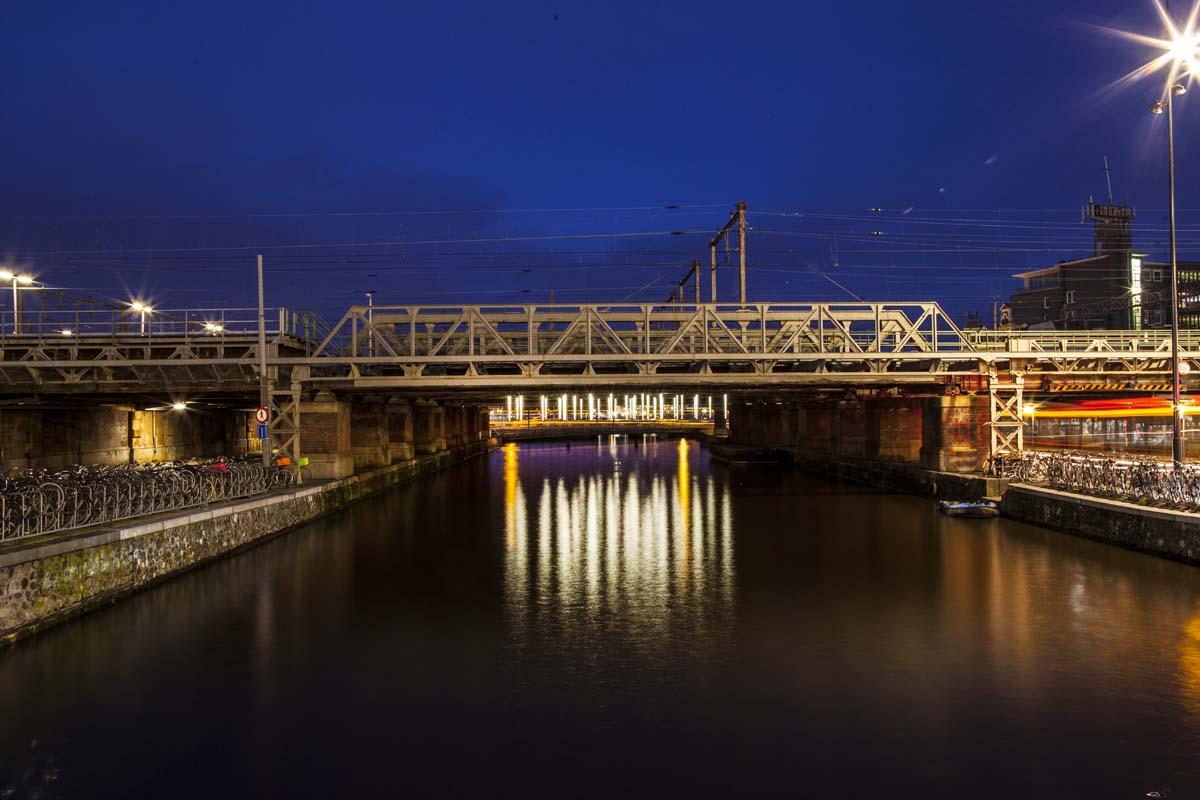
C&L: What advice would you give to your colleagues in other cities around the world who are beginning such projects?
P. Rantanen: I would say that it is very important to start by building a network of local stakeholders in the domain and involving them right from the beginning.
M. van der Meijden: Start with a financial plan and just do it! Use your fellow colleagues in the city, invest in meeting other cities who are perhaps more experienced. Show the added value that the artwork can bring. Work with dynamic artists who want to make an impact in public space. Make sure one or two stakeholders profit from investing money and include inhabitants as stakeholders as well.
C. Borgström-Fälth: Art is still a relatively unexplored approach, and artists often an overlooked resource in urban development. Implementing and working with light and art involves many actors and is a big challenge. But over time, it can (and will!) contribute to more democratic and stimulating meeting places for all residents and visitors in a city. I warmly recommend all cities to work with light and art.
F. De Biase & M. G. Fella: We would say that art – especially light art – in public spaces is a democratic way of spreading all forms of art and culture and that it has beneficial effects on the community. We strongly recommend it to other cities!
F. Durand: One thing that is always true no matter which city you are in, is that to implement a project like this, the human element is vital: these projects need a competent multidisciplinary team. It is not enough to just sign a contract. Above all you must have trained people, internally and externally, that will adapt to and deal with all the different issues that come up day after day. The simplest advice would be to spend a lot of nights on-site to test the outcome of the project, to take some spotlights in your own hands and feel the ambience at night. Do not listen to those who will tell you that it will not work, try, you will see.
H. Akkerman: There is so much to learn and so many ways of working with light and art in the city that it really helps to see how other cities have moved forward. That is we organised a special session on light and art during the City under Microscope in Amsterdam.
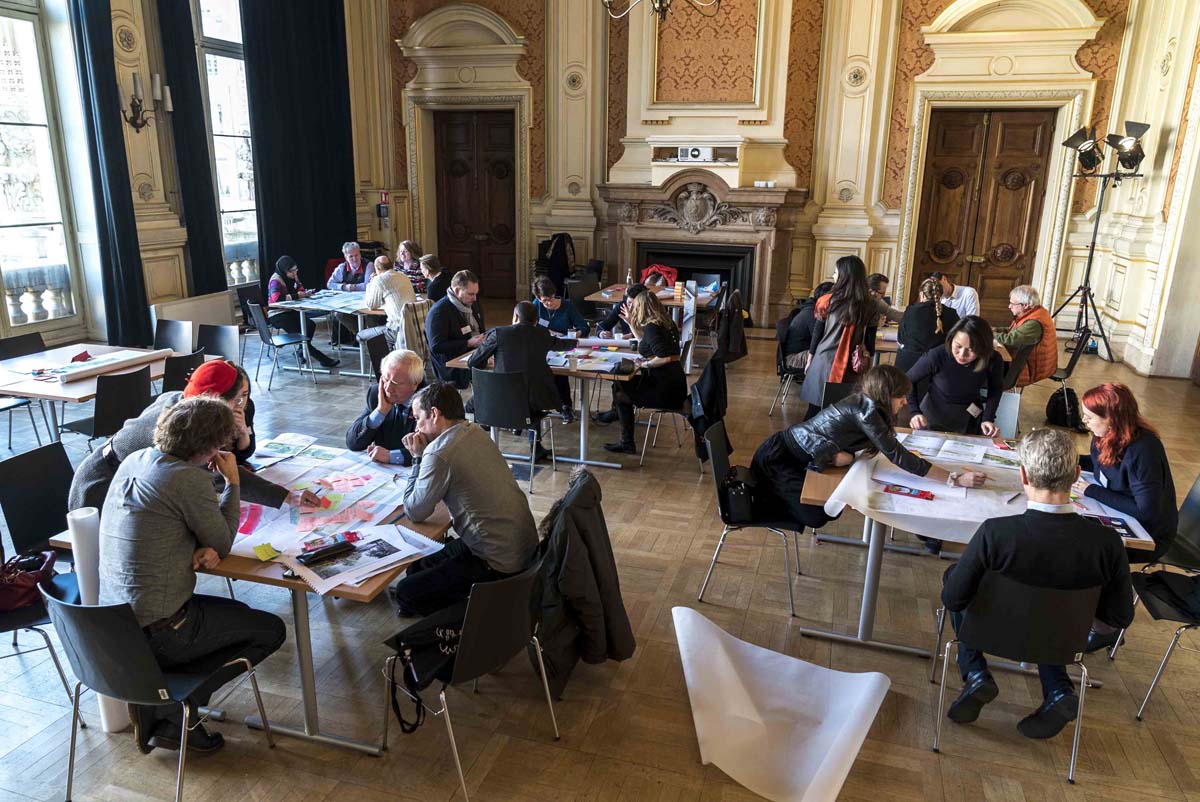
An edited version of this article originally appeared in  (Issue #5, May 2017).
(Issue #5, May 2017).
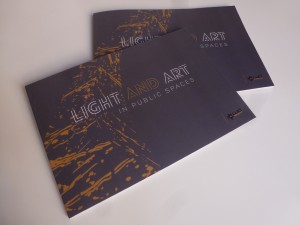
- Want to learn more about working with light and art in cities?
Order your copy of the LUCI publication, Light & Art in Public Spaces, which describes the stakeholders and processes involved as well as main challenges and key factors of success.
- More information on light and the LUCI Art & Culture Pillar
Images © LUCI Association; Light Gig by Giny Vos, Rotterdam; © Aad Hoogendoorn; Hang in There by Jasper Klinkhamer and Matthijs ten Berge, Amsterdam; © Janus van den Eijnden; More Eyes by Peter Ojstersek, Gothenburg © Kajsa Sperling;

